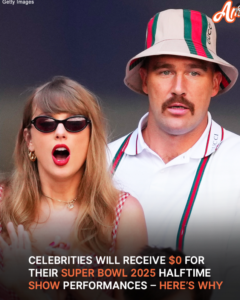Artists who perform at the Super Bowl halftime show do not receive a direct payment for their performances. Instead, the NFL covers all associated expenses, including production costs and travel for the artists and their teams. This arrangement has been standard practice for many years.
Exposure and Indirect Benefits
While artists aren’t paid an appearance fee, the exposure from performing at the Super Bowl can lead to significant indirect benefits. The halftime show is one of the most-watched television events globally, often attracting over 100 million viewers. This massive audience can result in increased album sales, streaming numbers, and concert ticket sales. For example, after Shakira and Jennifer Lopez’s performance in 2020, Shakira’s Spotify streams increased by 230%, and Lopez’s by 335%.
NFL’s Perspective
From the NFL’s standpoint, the halftime show is a significant production that requires substantial investment. By not paying artists directly, the league can allocate resources to other aspects of the event. Additionally, the NFL benefits from the artists’ performances, as they often attract viewers who might not otherwise watch the game.
Artists’ Perspective
For artists, the decision to perform at the Super Bowl is often seen as a strategic move to reach a broader audience. The opportunity to showcase their music to such a vast audience can be invaluable, even without direct payment. However, some artists have expressed concerns about the lack of compensation. For instance, in 2014, it was reported that the NFL had asked potential performers to pay for the opportunity to perform, though this was later denied by the league.
Conclusion
In summary, while artists do not receive direct payment for performing at the Super Bowl halftime show, the exposure and potential for increased sales and popularity often outweigh the lack of an appearance fee. The arrangement benefits both the NFL and the artists, though it remains a topic of discussion within the entertainment industry.


